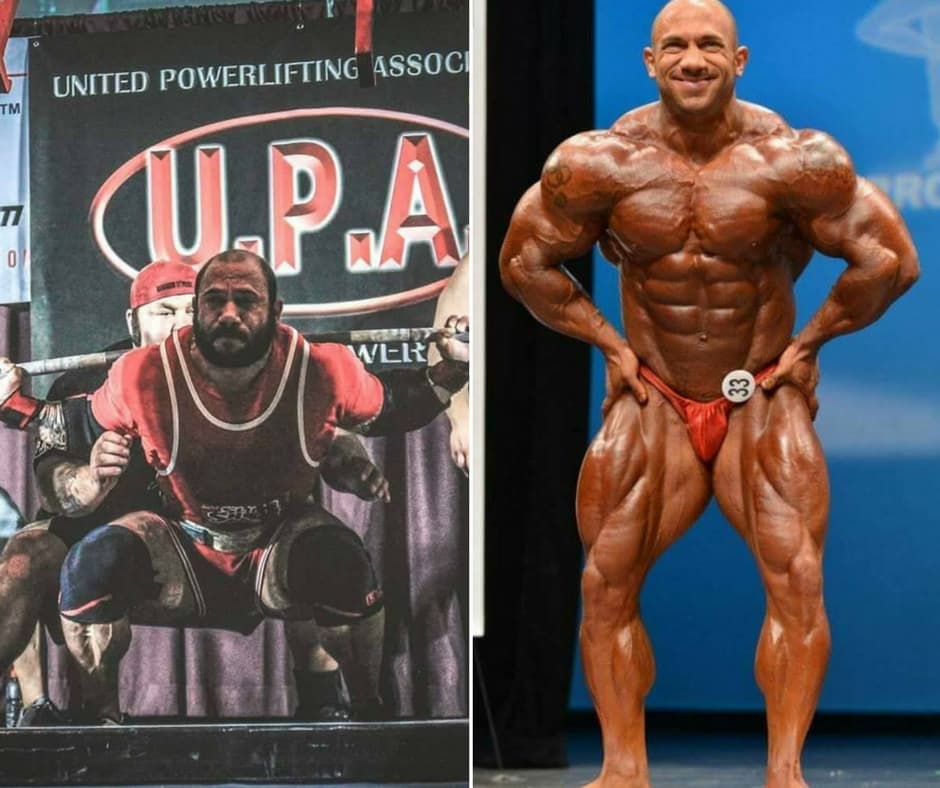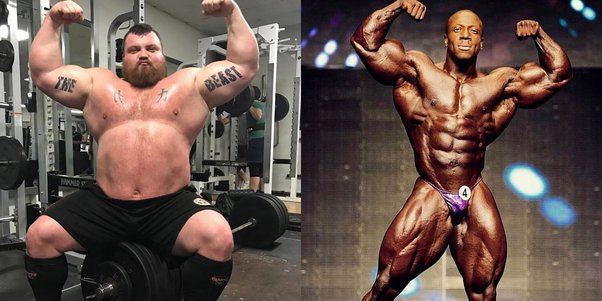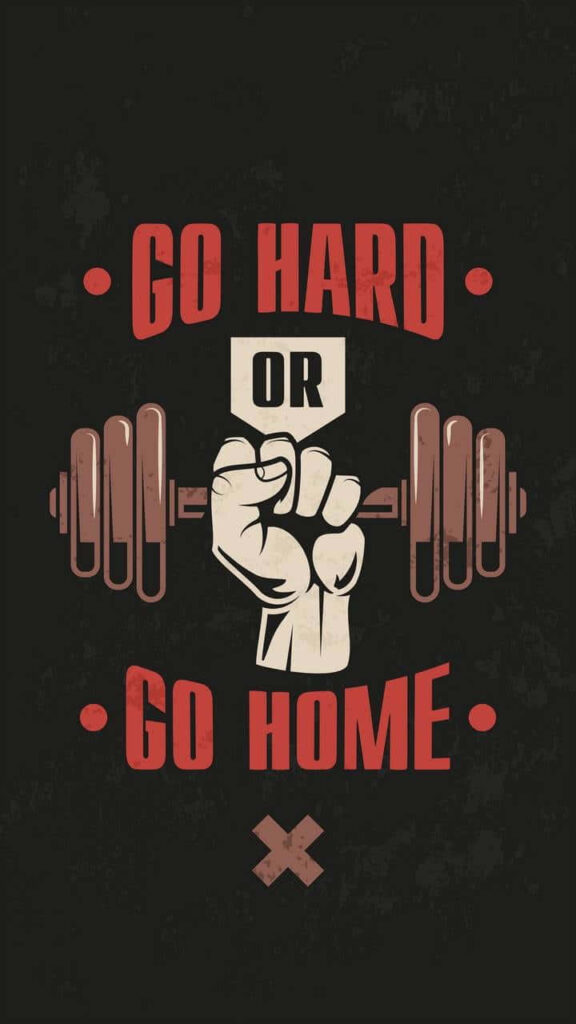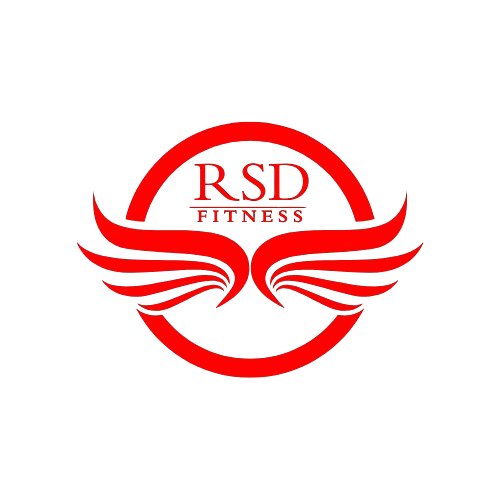

Powerlifting is a strength sport that focuses on three major lifts: the squat, bench press, and deadlift. The goal of powerlifting is to lift as much weight as possible for a single repetition in each of these lifts. Whether you’re interested in competing or simply want to increase your strength, powerlifting offers an accessible yet challenging path for beginners. This guide will walk you through the fundamentals of powerlifting, covering everything from the basic lifts to programming, technique, and essential tips for success.
1. Understanding Powerlifting
Powerlifting consists of three main lifts:
- Squat: This lift involves lowering your body by bending at the knees and hips while holding a barbell across your upper back and then rising back up to a standing position.
- Bench Press: Lying on a bench, you lower a barbell to your chest and press it upward until your arms are fully extended.
- Deadlift: You lift a barbell from the floor to a standing position, keeping your back straight and your hips and knees locked at the top of the lift.
In competition, lifters have three attempts at each lift, and the highest weight successfully lifted in each is recorded. The sum of the best attempts in each lift is the lifter’s total, which determines their ranking.

2. Benefits of Powerlifting
Powerlifting is beneficial for building strength, muscle, and mental discipline. Here are a few reasons why beginners are drawn to this sport:
- Increased Strength: Powerlifting emphasizes progressive overload, meaning you gradually lift more weight over time, leading to significant strength gains.
- Muscle Growth: The heavy lifting involved in powerlifting stimulates muscle growth, especially in the legs, back, chest, and arms.
- Enhanced Bone Density: Lifting heavy weights strengthens bones, reducing the risk of osteoporosis.
- Mental Resilience: Powerlifting fosters mental toughness as you push through plateaus and challenge yourself to lift heavier weights.
- Community and Competition: Powerlifting has a supportive community where athletes encourage each other. Even if you don’t compete, training with others provides motivation and accountability.

3. Basic Powerlifting Movements
Mastering the three main lifts is the foundation of powerlifting. Proper technique is essential for performance and injury prevention. Here’s an overview of each lift and tips for executing them correctly:
Squat
- Setup: Stand with your feet shoulder-width apart, toes slightly pointed out. Place the barbell across your upper back, just below your traps (for a low-bar squat) or across your shoulders (for a high-bar squat).
- Movement: Lower yourself by bending at the knees and hips, keeping your chest up and your back neutral. Your thighs should go at least parallel to the floor. Push through your heels to stand back up.
- Key Tips:
- Maintain a strong core to prevent your lower back from rounding.
- Keep your knees aligned with your toes to avoid knee injury.
- Focus on driving up through your heels.
Bench Press
- Setup: Lie on a bench with your feet flat on the floor. Grip the barbell slightly wider than shoulder-width, retract your shoulder blades, and keep your chest up.
- Movement: Lower the barbell to your chest while keeping your elbows at a 45-degree angle to your body. Press the bar upward until your arms are fully extended.
- Key Tips:
- Keep your feet firmly planted on the floor to generate leg drive.
- Retract your shoulder blades to create a stable base.
- Avoid flaring your elbows out too wide to prevent shoulder injury.
Deadlift
- Setup: Stand with your feet hip-width apart with the barbell over the midfoot. Hinge at your hips and bend your knees to grip the bar just outside your legs.
- Movement: With a neutral spine, engage your core, and pull the bar up by driving through your heels and extending your hips and knees simultaneously. Stand tall with the barbell in front of your thighs.
- Key Tips:
- Keep the barbell close to your body throughout the lift to reduce strain on your lower back.
- Engage your lats by pulling your shoulders back slightly.
- Avoid rounding your back, which can lead to injury.
4. Powerlifting Programming for Beginners
A well-structured training program is essential for making progress in powerlifting. As a beginner, it’s important to focus on building a solid foundation of strength, improving technique, and gradually increasing the intensity of your workouts.
Linear Progression
Linear progression is one of the most popular and effective approaches for beginners. It involves gradually increasing the weight you lift each week. A typical beginner powerlifting program might include 3-4 days of training per week, focusing on the squat, bench press, and deadlift.
Sample Beginner Program
Here’s a simple example of a weekly powerlifting program:
- Day 1: Squat Focus
- Squat: 5 sets of 5 reps
- Leg Press: 3 sets of 10 reps
- Lunges: 3 sets of 12 reps per leg
- Core work (planks, leg raises, etc.): 3 sets of 1 minute each
- Day 2: Bench Press Focus
- Bench Press: 5 sets of 5 reps
- Incline Dumbbell Press: 3 sets of 8 reps
- Tricep Dips: 3 sets of 10 reps
- Push-ups: 3 sets to failure
- Day 3: Deadlift Focus
- Deadlift: 5 sets of 5 reps
- Barbell Rows: 3 sets of 8 reps
- Pull-ups or Lat Pulldowns: 3 sets of 8 reps
- Core work (Russian twists, hanging leg raises, etc.): 3 sets of 20 reps
- Day 4: Accessory and Conditioning
- Overhead Press: 4 sets of 6 reps
- Farmer’s Walks: 3 sets for distance
- Bicep Curls: 3 sets of 12 reps
- Sled Pushes or Jump Rope: 15-20 minutes of conditioning
Rest and Recovery
Rest days are crucial in powerlifting to allow your muscles to recover and grow. Most beginners will benefit from 1-2 days of rest between sessions. Proper sleep, nutrition, and hydration also play significant roles in recovery and performance.

5. Nutrition and Recovery
Nutrition is an essential component of powerlifting success. Your body requires the right fuel to perform well and recover between sessions. Here are some basic nutrition tips for powerlifters:
- Protein: Consume sufficient protein to support muscle repair and growth. Aim for 1.6 to 2.2 grams of protein per kilogram of body weight.
- Carbohydrates: Carbs are your body’s primary energy source, especially during heavy lifting sessions. Include complex carbohydrates like oats, rice, sweet potatoes, and whole grains in your diet.
- Fats: Healthy fats are important for hormone regulation and joint health. Include sources like avocados, nuts, seeds, and olive oil.
- Hydration: Stay well-hydrated, as dehydration can impair strength and performance. Drink water consistently throughout the day.
Sleep and Recovery
Getting enough sleep is vital for recovery and strength gains. Aim for at least 7-9 hours of sleep per night to allow your body to repair and grow stronger.
6. Competing in Powerlifting
If you decide to compete in powerlifting, here are some key points to consider:
- Choosing a Federation: Powerlifting has various federations, each with slightly different rules and weight classes. Popular federations include the IPF (International Powerlifting Federation) and USAPL (USA Powerlifting).
- Weight Classes: Powerlifting competitions are divided into weight classes, so you’ll compete against others with similar body weight.
- Competition Day: On competition day, you’ll have three attempts for each lift. Your goal is to lift the heaviest weight possible while adhering to the rules of the federation.
7. Final Tips for Success
Here are some final tips for powerlifting beginners:
- Start Light: Focus on mastering technique with lighter weights before progressing to heavier loads. Proper form reduces injury risk and ensures long-term success.
- Be Patient: Powerlifting is a marathon, not a sprint. Strength takes time to build, so stay consistent and trust the process.
- Listen to Your Body: Avoid pushing through pain or discomfort. If something feels wrong, take a step back and consult with a coach or healthcare professional.
- Get a Coach: If possible, work with a powerlifting coach who can provide guidance on form, programming, and competition prep.

Conclusion
Powerlifting is an incredibly rewarding strength sport that builds not only physical power but also mental toughness. As a beginner, the key is to focus on mastering the basic lifts, following a structured training program, and prioritizing recovery. Whether you aim to compete or simply want to get stronger, powerlifting offers a path to lifelong strength and fitness. Stay consistent, be patient, and enjoy the journey of becoming stronger each day.
4o

